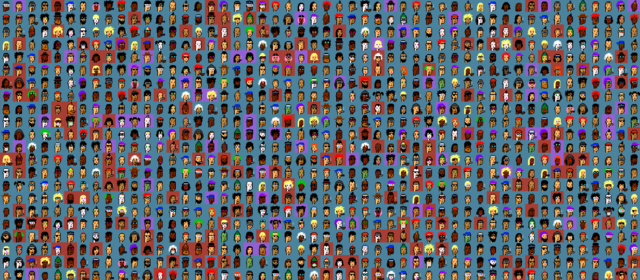‘Alterers’ Filtering out Artists: Using the ‘Public’ Perspective to Preserve Moral Rights over Digital Art
- Thomas Hood

- Jun 22, 2021
- 9 min read
Updated: Mar 30
In the digital age, the sharing of images is prevalent across a variety of online platforms. Instagram, one of the largest of these, can provide an up-and-coming artist with an audience of over one billion users. Some already predict the platform’s decline. Kenny Schachter recently commented that, given Instagram’s ever-changing format, ‘it is only a matter of time before the powers that be get too greedy and the ease and accessibility of the app decline’.[1] Yet platforms like Instagram provide a space to interact with a vast amount of material. They form what Hayleigh Bosher and Sevil Yeşiloğlu call a ‘cultural “remix” environment’, a space for creatives to be influenced and inspired by other works.[2] This can create tension between an artist’s legal moral rights and the creativity of users on the platform.
In the United Kingdom, the Copyright, Designs and Patents Act 1988 (CPDA) ss 77-89 protect moral rights. Notably, they give the author the right to be named and the right to object to derogatory treatment of their work.[3] Both of these moral rights could be undermined in the creative environment of Instagram if an ‘alterer’ were to digitally change their image. An altered image could be deemed original if it expressed a new aesthetic idea. Since current copyright law only protects works that result from individual ‘skill and labour’, the new image is unlikely to be afforded copyright protection. But as copyright law begins to recognise changing artistic practices, could the actions of an ‘alterer’ be legitimised? And would this lead to a weakening of the moral rights of the original artist?
The high originality threshold for ‘skill and labour’ in the law of England and Wales has thus far proved a stable groundwork for establishing authorship. Yet this approach must keep up with the shift in the technology used by artists, and with how apps like Instagram offer an artistic outlet for millions of people worldwide. One way forward could be an objective test using a ‘public’. This notional public would have an interested, informed view that could objectively recognise artworks. This view could be used in an assessment of infringement of moral rights. After all, the ‘real’ public has a vested interest in moral rights, as all artistic work created becomes part of our cultural history, no matter its aesthetic quality. By considering the public view in cases of moral rights, copyright law would recognise the stake society has in knowing who is contributing to its heritage, and in preserving that information. Any lowering of the originality standard in copyright law must balance the new artistic capabilities of the digital world and the importance moral rights have for both the artist and society. In evolving from existing standards for skill and labour, the test of a ‘public’ view could preserve the rights an artist wishes to claim over a digital image.



